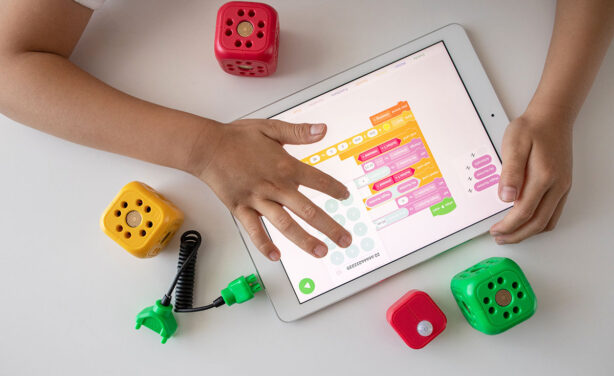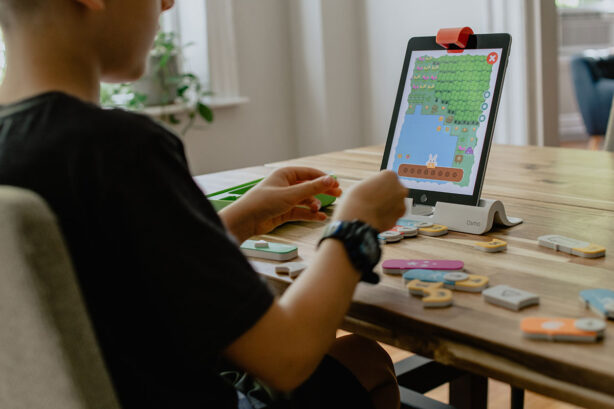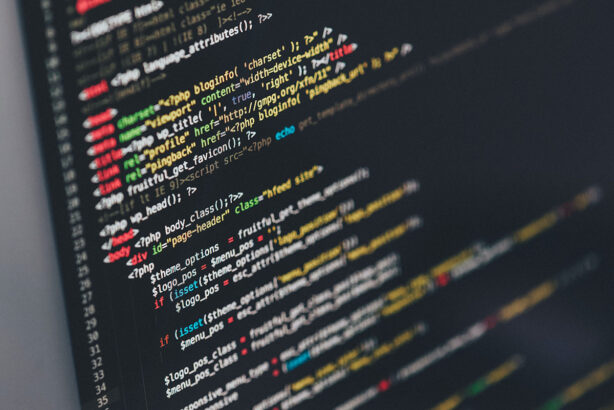In today’s tech-oriented world, coding skills are an asset for anyone seeking to pursue a rewarding career in the future.
For kids with autism, coding presents an opportunity to have fun, gain valuable skills, and venture into lucrative coding careers in the future.

Autistic kids often excel in this field, as they may possess abilities such as spatial reasoning, which is essential for mastering programming.
If you plan to teach coding to autistic kids, having the right information can help you make the learning process enjoyable and successful.
Here are a few tips to help ensure kids gain the skills necessary to succeed in the tech world.
Start Early
Age is one of the first considerations you should make when teaching coding to kids with autism. The earlier you introduce them to programming, the better.
Early introduction to programming allows learners to cultivate and maintain their interest in the subject.
The good thing is that you can introduce kids as young as five years to coding with visual block languages, simple drag and drop programming via platforms like Scratch.
By starting kids on programming early, you let them build interest, experiment, and explore different opportunities.
Teaching them coding at an early age is also a great way to instill valuable life skills, like creative problem solving and self-confidence, that they will use in other aspects of their lives.
And it familiarizes them with other digital technologies essential for personal and future professional lives.

Capitalize on Kids’ Natural Abilities
Kids with autism very often have abilities that set them up for success in computer science and programming related-fields.
Remember, coding requires logical thinking, which kids with autism have, as the left side of their brain is more dominant.
Logical thinking also may enable them to do well in math. Autistic children also tend to thrive in routines and predictability as they value having control of situations.
Since coding is logical and predictable, children with autism can use it to de-stress and achieve calmness. This contributes to them outperforming the average kids.
When teaching coding to autistic kids, don’t be surprised when they easily grasp coding concepts and perform programming tasks successfully.
Regardless of the added advantage, it is advisable not to skim over subjects and always ensure kids fully understand what they are learning.
Behavioral Challenges are Common
Most autistic kids communicate their needs or emotions through behaviors, and may exhibit behavioral problems when learning.
You may notice a lot of fidgeting, difficulty following instructions, aggression, ignoring peers, and even repeating words.
Therefore, be ready to handle the challenges that come your way when teaching, to prevent them from affecting learning and education outcomes.
As an educator or parent, remember to be patient and empathetic. Also, help the learners find new ways of communicating.
To overcome behavioral challenges, let the kids’ interests guide your decisions, and focus on the learners’ strengths. Since every child is unique, it will help to follow a behavior plan, and create a routine.
Lastly, set clear and realistic expectations for learners to know what they have to do. Clear goals will help them function better.

Create an Optimal Learning Environment
Whether you teach the kids online or in a classroom, ensure you carry out the sessions in an environment that encourages productivity.
Note that every child is unique. While some may be okay learning in a classroom setting, others may prefer learning alone, away from distractions, noise, and social interactions.
In such cases, an online approach is the best, as long as you provide adequate support and resources whenever necessary.
Additionally, classes should be as engaging and interesting as possible. Doing so helps grow the kids’ attention and boosts their motivation.
Make coding classes enjoyable by moving away from curriculums that are too academic. Find ways to teach the kids in a fun manner, such as introducing coding games and toys.
You can also involve them in projects like building mods, games, apps, and websites as part of the learning process.
The Best Learning Resources for Kids
To ensure your kids learn optimally, you need to use the right resources when teaching them. To do this, you have to find an appropriate programming language for kids.
Younger children (below eight years) are better off starting with visual block languages, while text-based languages are ideal for their older counterparts.
The best approach is letting your kids’ interests guide you, whether those interests are in robotics or building apps and websites.
Fortunately, there are a lot of learning materials both online and offline that can introduce kids to coding concepts depending on their subject of interest.
The choice of resources will depend on the programming language you are teaching. For younger children and beginners learning visual block languages, consider platforms like Scratch and Code.org.
Older kids can benefit from online resources like Codakid, Codecademy, and Swift Playgrounds. You can also look for learning resources specifically tailored to kids with autism for the best learning experience.

The employment rate for adults with autism is an estimated 10-20%. With a growing demand for computer science professionals, teaching coding to kids with autism will open new opportunities and enable them to fill a needed role.
Just make sure to prepare for a positive learning environment by finding the lessons, coding language, environment and interests that best suit the kids!
